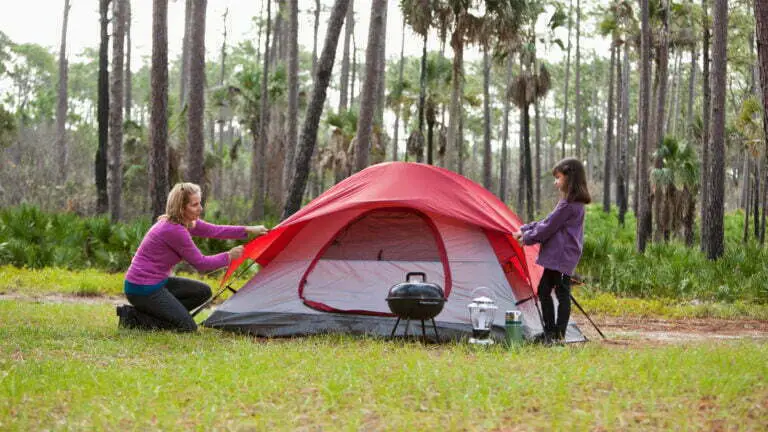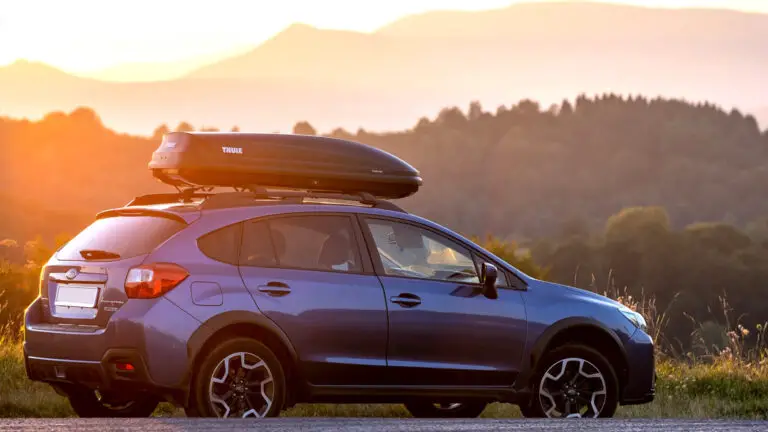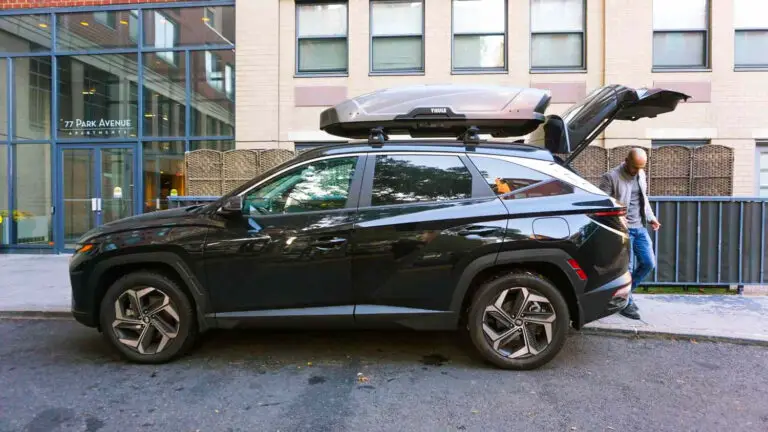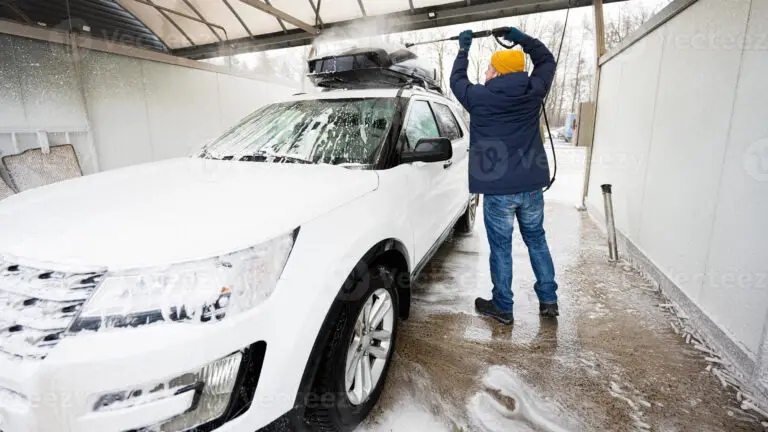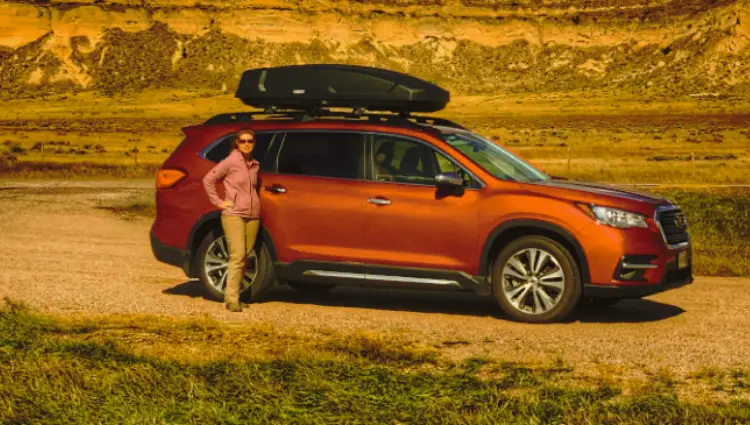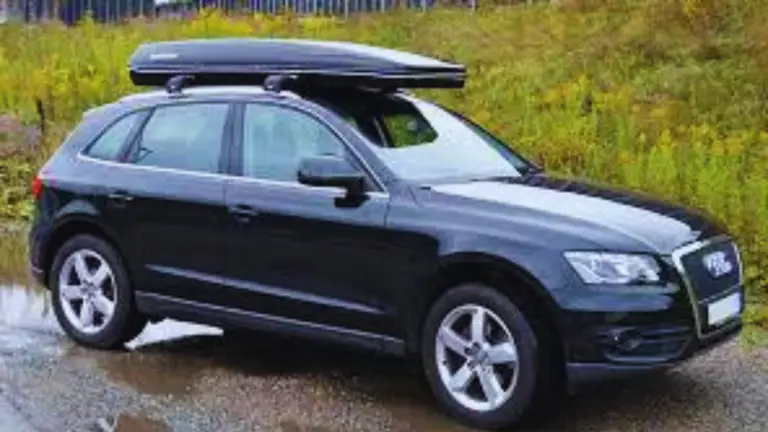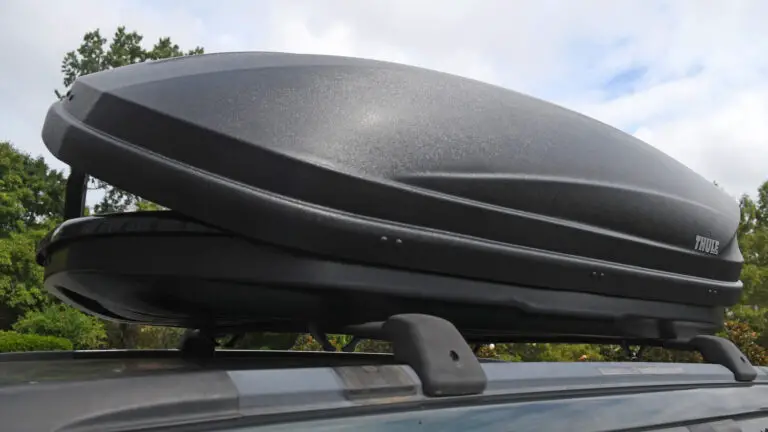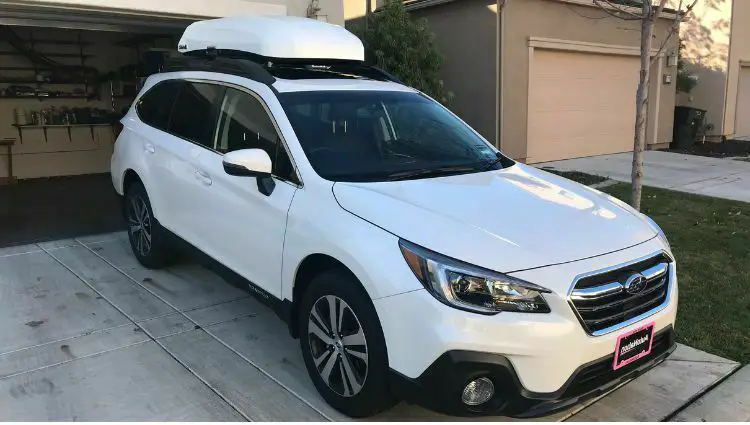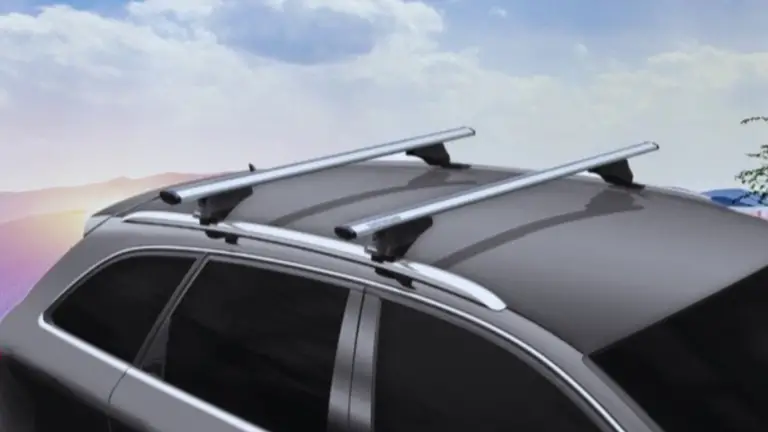Are you planning a camping trip or a backyard adventure? One of the essential elements of any outdoor excursion is a tent setup. A well-prepared and properly set up tent can make all the difference in your camping experience. In this comprehensive guide, we will walk you through everything you need to know about tent setup, from choosing the right tent to pro tips for a hassle-free camping adventure. So grab your camping gear, because we’re about to embark on an unforgettable journey of tent setup mastery!
Choosing the Perfect Tent
Before embarking on your camping adventure, it’s crucial to select the right tent that suits your needs and preferences. Here are some factors to consider:
- Size: Determine the number of people who will be sleeping in the tent. Choose a tent that provides enough space for everyone to sleep comfortably.
- Seasonality: Consider the season in which you plan to use the tent. Three-season tents are suitable for spring, summer, and fall, while four-season tents are designed to withstand harsh winter conditions.
- Weather Resistance: Ensure the tent offers adequate protection against rain, wind, and UV rays. Look for features like a rainfly, waterproof materials, and sturdy construction.
- Ease of Setup: Opt for a tent that is easy to set up, especially if you’re a beginner. Look for intuitive designs, color-coded poles, and clear setup instructions.
- Durability: Invest in a durable tent that can withstand the rigors of outdoor use. Quality materials, reinforced seams, and strong zippers contribute to a tent’s longevity.
Tent Setup: Step-by-Step Guide
Setting up a tent may seem daunting at first, but with the right approach, it can be a breeze. Follow these step-by-step instructions to ensure a successful tent setup:
- Select a Suitable Campsite: Look for a flat and level area to pitch your tent. Clear the ground of rocks, debris, and sharp objects that could damage the tent floor.
- Unpack and Sort: Lay out all the tent components and organize them for easy access. Check for any missing or damaged parts before proceeding.
- Lay the Groundsheet: If your tent comes with a separate groundsheet, lay it down first to provide an extra layer of insulation and protection from moisture.
- Assemble the Poles: Identify the different tent poles and connect them according to the manufacturer’s instructions. Most tents use a color-coded system for easier assembly.
- Raise the Tent: Starting from one end, lift the tent by the poles and gently unfold it. As you raise the tent, ensure the poles slide into the corresponding pole sleeves or clips.
- Secure the Tent: Once the tent is fully extended, stake down the corners using tent stakes. Adjust the tension of the rainfly and guylines to ensure a taut and stable structure.
- Rainfly and Vestibules: If your tent has a rainfly, secure it over the tent body to provide additional protection from rain and wind. Utilize vestibules for storing gear outside the sleeping area.
- Interior Setup: Arrange your sleeping bags, sleeping pads, and other gear inside the tent. Use storage pockets or gear lofts to keep your belongings organized and off the tent floor.
- Test for Stability: Give the tent a gentle shake to ensure it is properly secured and stable. Make any necessary adjustments to the stakes, guylines, or tensioning systems.
- Enjoy Your Shelter: Congratulations! Your tent setup is complete. Take a moment to appreciate your cozy shelter and get ready to embrace the camping experience.
Essential Camping Gear
Besides your tent, there are a few other essential items you should consider bringing on your camping trip:
- Sleeping bags and sleeping pads for a comfortable night’s sleep.
- Camp chairs or portable seating options for relaxation.
- Lanterns or headlamps for illumination during the night.
- Cooking equipment, such as a camping stove, pots, and utensils.
- Cooler or icebox to keep food and beverages fresh.
- Insect repellent to ward off pesky bugs.
- First aid kit for any minor injuries or emergencies.
- Camping table for convenient meal preparation and dining.
- Portable water filter or purifier for safe drinking water.
- Camping pillows for added comfort during sleep.
Remember to pack these items according to the length of your camping trip and the specific activities you plan to engage in.
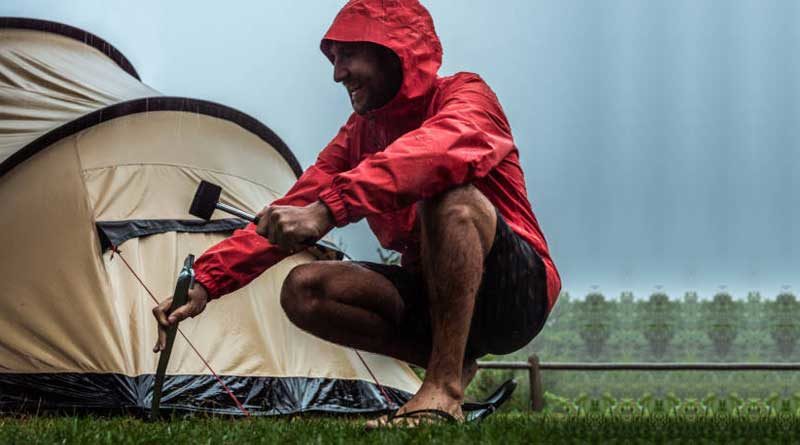
Tips and Tricks for a Smooth Tent Setup
Here are some expert tips and tricks to enhance your tent setup experience:
- Practice at Home: Familiarize yourself with the tent setup process in your backyard before heading out on your camping trip. This will help you become more efficient and confident.
- Bring Extra Stakes and Guylines: Having spare stakes and guylines can be a lifesaver in case of loss or damage. They also come in handy when extra stability is required in windy conditions.
- Choose the Right Time: Plan your tent setup during daylight hours to ensure optimal visibility. Avoid setting up in the dark or during unfavorable weather conditions.
- Utilize Natural Windbreaks:Position your tent behind natural windbreaks like trees or large rocks to minimize exposure to strong gusts of wind. This will improve stability and comfort.
- Consider the Sun’s Direction: If camping in warmer climates, position your tent to maximize shade during the day. This will keep the interior cooler and more comfortable.
- Use a Footprint or Tarp: Placing a footprint or tarp underneath your tent adds an extra layer of protection against ground moisture and potential abrasions.
- Organize Your Gear: Keep your gear and belongings organized inside the tent. This will save you time and effort in locating essential items when needed.
- Test Your Gear Beforehand: Prior to your camping trip, set up your tent in your backyard and inspect all the components. This ensures everything is in working order and prevents surprises at the campsite.
- Learn Knot-Tying: Master a few essential knots like the taut-line hitch and trucker’s hitch. These knots will help you secure guylines and ensure a taut tent structure.
- Collaborate with Others: Tent setup can be a team effort. Enlist the help of your camping companions to make the process faster and more enjoyable.
By following these tips, you’ll become a tent setup pro in no time, impressing your fellow campers with your efficiency and expertise.
Maintaining and Storing Your Tent
Proper maintenance and storage are essential for extending the lifespan of your tent. Here’s how to care for your tent:
- Clean After Each Use: Thoroughly clean your tent after every camping trip. Use a soft brush or sponge, mild soap, and warm water to remove dirt, debris, and stains. Avoid harsh chemicals that can damage the tent’s fabric.
- Dry Thoroughly: Before storing your tent, ensure it is completely dry to prevent the growth of mold and mildew. Hang it or spread it out in a well-ventilated area until all moisture evaporates.
- Inspect for Damage: Regularly inspect your tent for any signs of wear and tear. Check for punctures, rips, or faulty zippers. Promptly repair any damages to prevent them from worsening.
- Store in a Cool, Dry Place: Fold your tent neatly and store it in a breathable storage bag or container in a cool and dry location. Avoid long-term exposure to direct sunlight, as it can degrade the tent’s fabric.
- Avoid Compressing the Tent: When storing your tent, avoid compressing it for extended periods. This can cause the tent’s waterproof coating to deteriorate. Instead, use a loose storage bag that allows the tent to retain its natural shape.
By following these maintenance and storage practices, you can prolong the life of your tent, ensuring it remains in top-notch condition for many camping adventures to come.
Common Tent Setup Mistakes to Avoid
Even experienced campers can make mistakes during tent setup. Here are some common pitfalls to avoid:
- Rushing the Setup: Taking the time to properly set up your tent is crucial. Rushing can lead to an unstable structure, missing components, or improperly staked guylines.
- Ignoring the Rainfly: Neglecting to attach the rainfly can leave your tent vulnerable to rain and wind. Always use the rainfly to ensure maximum weather protection.
- Poor Ground Preparation: Failing to clear the campsite of debris, rocks, and sharp objects can result in discomfort, tears in the tent floor, or damage to the tent poles.
- Incorrect Stake Placement: Improperly staking down your tent can lead to poor stability. Ensure the stakes areangled away from the tent and fully driven into the ground.
- Overlooking Guyline Tension: Guyline tension is essential for maintaining a taut tent structure. Neglecting proper tensioning can result in a sagging tent and reduced stability.
- Disregarding Weather Forecasts: Ignoring weather forecasts can leave you unprepared for sudden rainstorms or gusty winds. Stay informed and make necessary adjustments to your setup accordingly.
By being mindful of these common mistakes, you can avoid potential camping mishaps and enjoy a smooth and comfortable tent setup experience.
Frequently Asked Questions
FAQ 1: How long does it take to set up a tent?
The time it takes to set up a tent depends on various factors, including the size of the tent, your familiarity with the setup process, and the complexity of the design. On average, a simple tent setup can take around 10 to 20 minutes, while larger or more elaborate tents may require 30 minutes or more.
FAQ 2: Can I set up a tent alone?
Yes, it is possible to set up a tent alone. However, having an extra pair of hands can significantly simplify the process, especially for larger tents or in challenging weather conditions. If setting up alone, it’s helpful to choose a tent with a straightforward design and practice the setup beforehand.
FAQ 3: What should I do if it rains during the tent setup?
If it starts raining during tent setup, it’s essential to stay calm and act swiftly. First, ensure the rainfly is properly attached to the tent to provide immediate protection from the rain. If available, use a tarp or an umbrella to shield yourself and the tent while continuing the setup process. If the rain becomes too heavy or poses a safety risk, consider seeking temporary shelter until the weather improves.
FAQ 4: Are there any safety precautions I should consider during tent setup?
Yes, safety should always be a priority during tent setup. Here are some key precautions to keep in mind:
- Avoid setting up your tent under dead or unstable trees that may pose a falling hazard.
- Check for overhead power lines or other potential electrical hazards before raising your tent.
- Be cautious when handling tent poles to prevent accidental injuries, such as pinched fingers.
- Securely stake down the tent to prevent it from being blown away by strong winds.
- Avoid placing flammable items near the tent or cooking area to reduce the risk of fire.
FAQ 5: How can I make my tent more comfortable?
To enhance the comfort of your tent, consider these tips:
- Invest in quality sleeping pads or air mattresses for improved cushioning and insulation.
- Use warm, cozy sleeping bags suitable for the temperature range of your camping destination.
- Bring extra blankets or sleeping bag liners for added warmth during colder nights.
- Set up a camping chair or hammock inside the tent for comfortable seating during leisure time.
- Utilize organizational tools like hanging pockets or gear lofts to keep your belongings tidy and easily accessible.
- Add rugs or mats to the tent floor for a softer and more comfortable surface.
FAQ 6: What is the ideal campsite for tent setup?
The ideal campsite for tent setup should meet the following criteria:
- Flat and level ground to ensure stability and comfort.
- Well-drained soil to prevent water pooling under the tent.
- Natural windbreaks like trees or bushes to provide protection from strong winds.
- Adequate distance from potential hazards such as rivers, cliffs, or insect nests.
- Proximity to essential amenities like water sources, bathrooms, and fire pits (if allowed).
Choosing the right campsite sets the foundation for a successful and enjoyable camping experience.
Tent Setup Guide: Final Thoughts
Mastering the art of tent setup is a valuable skill for any outdoor enthusiast. By following the step-by-step guide, utilizing essential camping gear, and employing tips and tricks from experienced campers, you can streamline the tent setup process and ensure a comfortable and secure shelter.
Remember to maintain and store your tent properly to prolong its lifespan and maximize its performance. Avoid common tent setup mistakes and prioritize safety throughout the process.
With these insights and knowledge, you are well-equipped to embark on exciting camping adventures, confidently setting up your tent and creating memorable experiences in the great outdoors.
